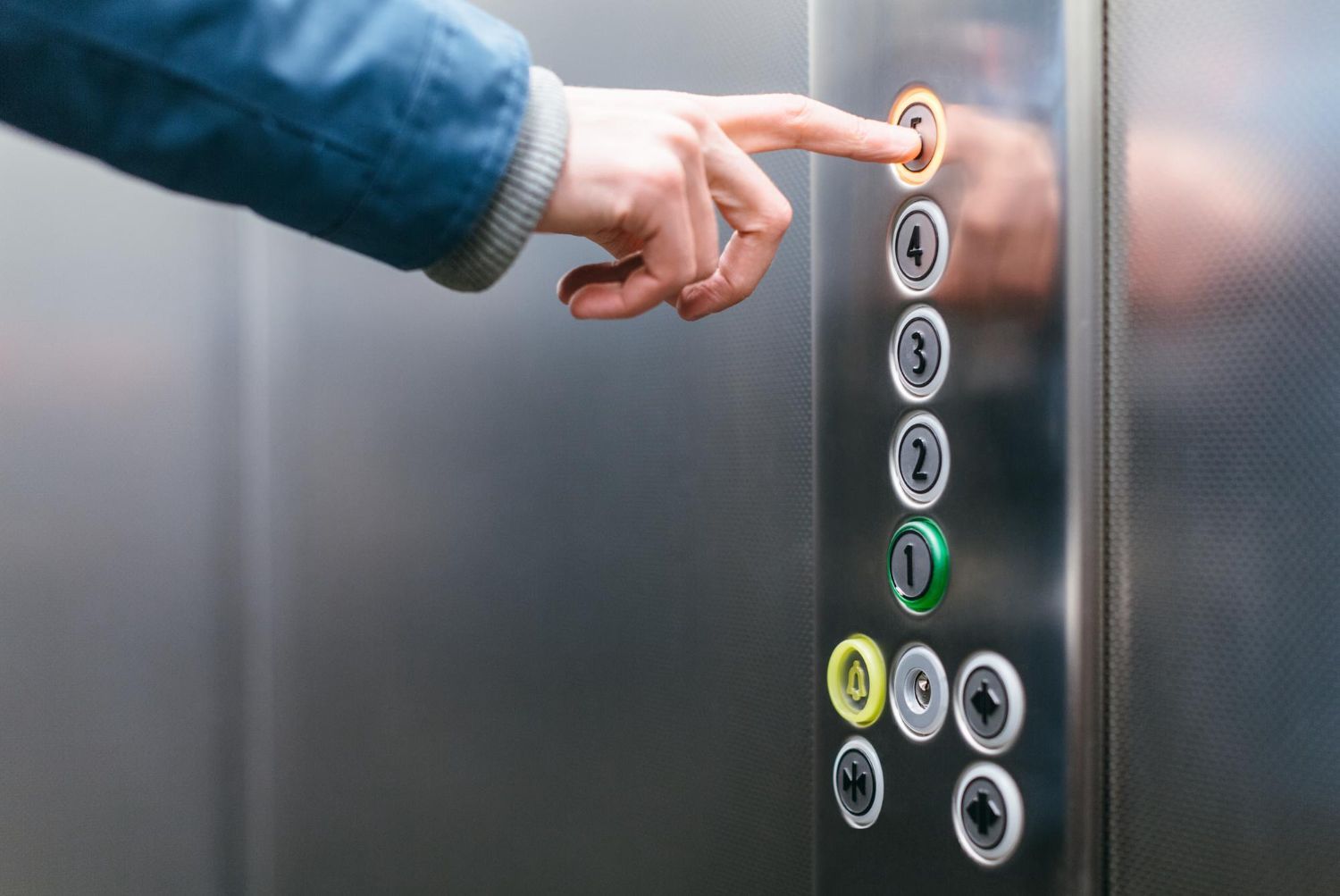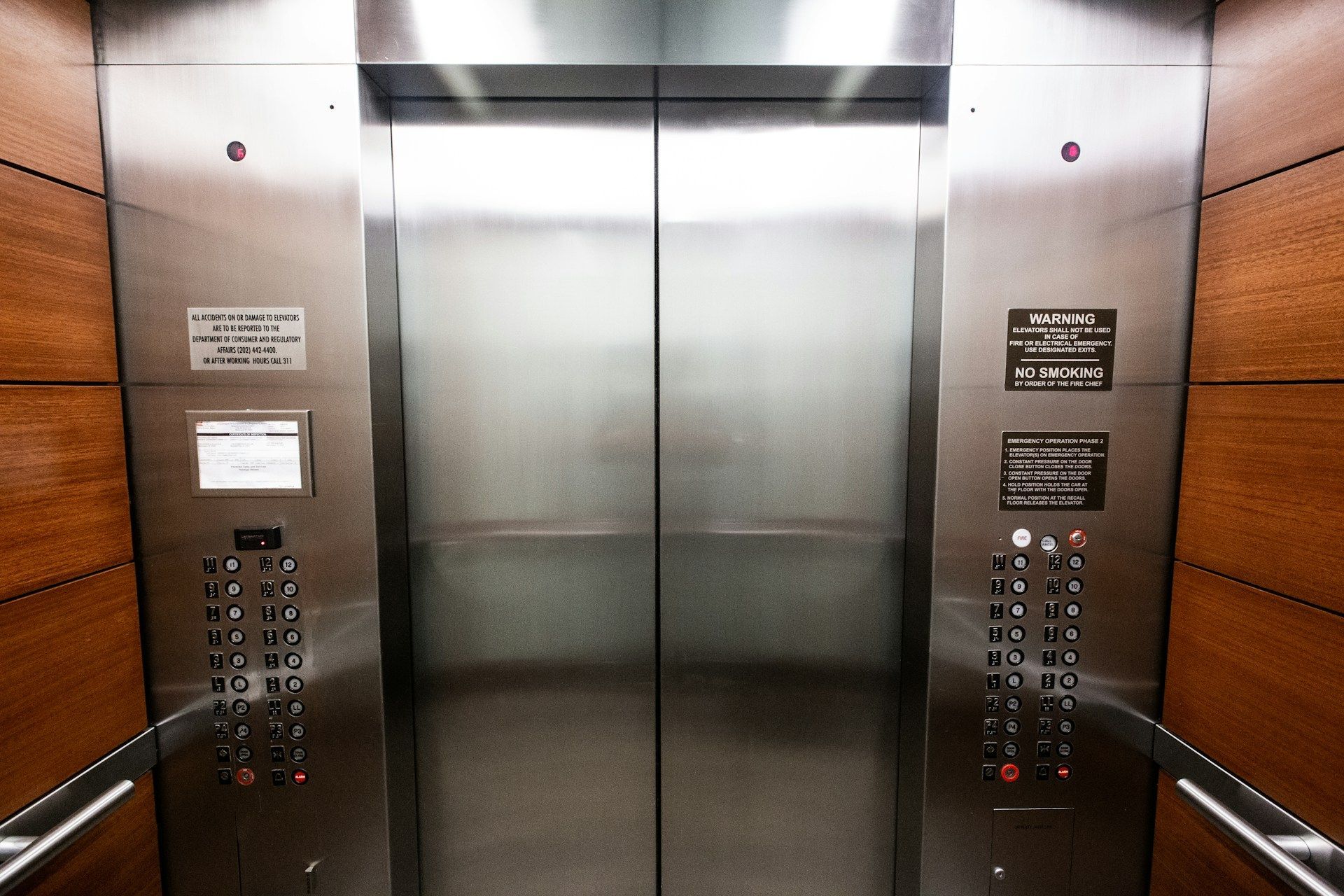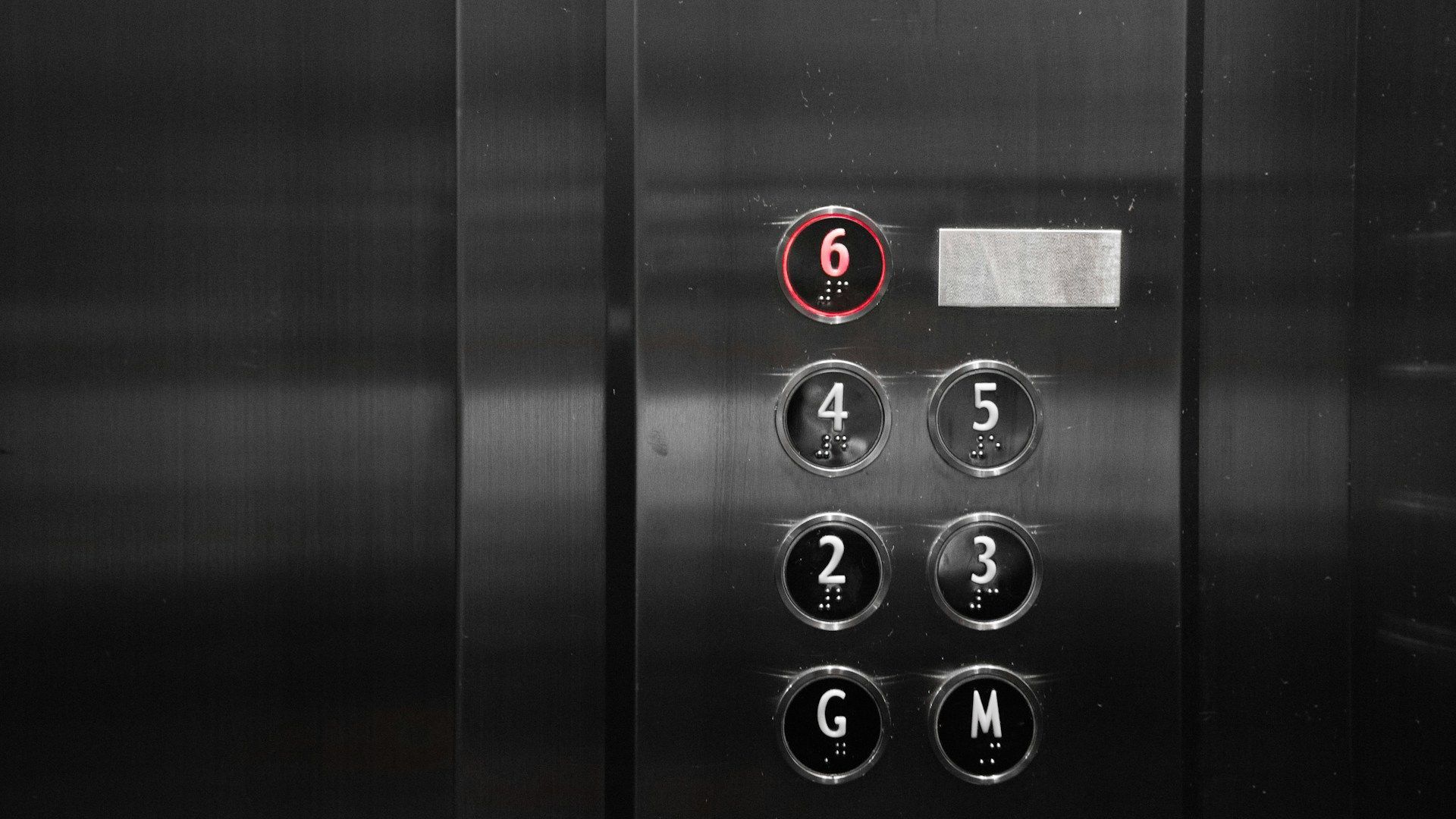How to Handle Frequent Elevator Breakdowns
Elevator breakdowns can be more than just a minor inconvenience; they can disrupt daily operations and pose safety risks for passengers. Dealing with frequent elevator problems can be frustrating, but understanding the root causes and knowing how to respond effectively can make all the difference. When elevators are out of order, the impact is felt across the entire building, affecting residents, employees, and visitors alike.
Elevators are complex machines with many components that need to work in harmony. When one part fails, it can cause the entire system to break down. Identifying what causes these issues can help in preventing them in the future. Common causes include outdated equipment, lack of maintenance, and heavy usage. Recognizing these causes allows property managers to address them proactively, reducing the chances of repeated failures.
Responding promptly and effectively when an elevator breaks down is crucial. Knowing what immediate steps to take can ensure the safety of those inside and facilitate a quicker repair process. Simple actions like informing the maintenance team, evacuating any trapped individuals safely, and documenting the issue can speed up the resolution time. By staying prepared and informed, dealing with elevator breakdowns becomes a manageable task rather than a daunting challenge.
Identifying the Causes of Frequent Breakdowns
Understanding why elevators frequently break down is the first step toward preventing these issues. There are several common causes that can lead to frequent malfunctions. One major cause is outdated equipment. Older elevators often have parts that wear out and become less reliable over time. If the elevator system is not upgraded or modernized, it can lead to constant breakdowns. Keeping track of the age and condition of elevator components can help in deciding when an upgrade is necessary.
Another significant cause of elevator breakdowns is lack of regular maintenance. Regular maintenance keeps the elevator in good working order and can identify potential issues before they become serious problems. Simple tasks like checking and lubricating parts, inspecting cables, and ensuring that all electrical systems are functioning correctly can prevent many breakdowns. Maintenance should be done by qualified technicians who know what to look for and how to fix issues properly.
Heavy usage is also a major contributor to frequent breakdowns. Buildings with high foot traffic put more strain on their elevators. This constant use can lead to faster wear and tear on parts like doors, motors, and cables. Monitoring the usage levels and scheduling more frequent maintenance for heavily used elevators can mitigate this issue. Identifying and addressing these common causes can significantly reduce the frequency of elevator breakdowns.
Immediate Steps to Take When an Elevator Breaks Down
Knowing what to do immediately when an elevator breaks down is crucial for ensuring safety and speeding up repairs. The first step is to inform the maintenance team or building management right away. Quick communication ensures that the problem is addressed as soon as possible. Provide them with details about the issue, such as any unusual noises or specific malfunctions.
If there are passengers trapped inside the elevator, their safety should be the top priority. It's essential to stay calm and reassure them that help is on the way. If you are in the elevator when it breaks down, use the emergency button or phone to call for assistance. Never attempt to force the doors open or exit the elevator on your own, as this can be very dangerous. Wait for trained professionals to perform the rescue.
Once the issue has been reported, document the breakdown. Take note of the time, date, and any observed malfunctions. This information can be valuable for the maintenance team to diagnose and fix the problem. Keeping a log of breakdowns also helps in identifying patterns and recurring issues, which can be addressed in future maintenance plans. By following these immediate steps, you can ensure a safer and more efficient response to elevator breakdowns.
Long-Term Solutions to Prevent Future Breakdowns
Preventing future elevator breakdowns requires a proactive approach. One effective long-term solution is to implement a comprehensive maintenance plan. Regular and systematic maintenance helps to keep all parts of the elevator in good working condition. Schedule routine inspections and servicing with professional technicians to catch and resolve issues before they become severe. Maintenance plans should include tasks like lubricating components, adjusting door operators, and inspecting safety mechanisms.
Upgrading outdated equipment is another key strategy. Newer elevator systems come with improved technology and better materials, which are more reliable and efficient. Consider replacing older components with modern ones to enhance performance and reduce the risk of breakdowns. Upgrades can also include installing energy-efficient motors, advanced control systems, and improved safety features. Keeping the elevator system up-to-date can significantly reduce downtime and improve overall safety.
Training for building staff can also help. Educate staff members on basic troubleshooting techniques and emergency response procedures. When staff know how to handle minor issues and respond promptly in emergencies, it can minimize the impact of any breakdowns. Building a culture of proactive care and quick response can go a long way in maintaining the elevator system and ensuring the safety and convenience of its users.
Importance of Professional Maintenance and Repairs
Relying on professional technicians for maintenance and repairs is essential for elevator reliability. Professional technicians have the expertise to diagnose problems accurately and fix them effectively. Working with a qualified elevator service company ensures that repairs are done correctly and that all safety standards are met. This professional care helps avoid repeat issues and extends the life of the elevator.
Professional maintenance also includes using high-quality parts and tools. Technicians from reputable companies use the best available components to ensure durability and performance. This means fewer breakdowns and lower long-term costs. It’s important to choose a service provider who commits to using high-quality materials and follows best practices in all repairs and maintenance tasks.
Having a professional maintenance contract can provide peace of mind. Regular maintenance visits, emergency repair services, and priority attention are some of the benefits that come with a service contract. The consistent support from professionals ensures that the elevator remains in top condition throughout its lifespan. With a professional team on your side, you can trust that the elevator is safe and reliable for all users.
Conclusion
Frequent elevator breakdowns can be frustrating, but with the right approach, they can be managed effectively. Identifying the root causes, taking immediate action during breakdowns, and implementing long-term solutions are key steps in maintaining elevator reliability. Upgrading outdated components, setting up a comprehensive maintenance plan, and educating building staff are practical measures that can prevent future issues.
Professional maintenance and repairs are crucial to the longevity and safety of elevator systems. Experienced technicians use high-quality parts and follow best practices to ensure that elevators operate smoothly. A professional maintenance contract provides regular check-ups and timely repairs, reducing the chances of unexpected breakdowns.
If you’re dealing with frequent elevator breakdowns, taking these steps can make a big difference. Elevators are intricate machines that need proper care and maintenance to function correctly. Trusting professionals to handle these tasks ensures that your elevator remains reliable and safe.
For expert
elevator maintenance and repair services, reach out to Elevator Solutions Inc. Our experienced team is dedicated to keeping your elevators running efficiently and safely. Contact us today to learn more about how we can help you maintain and improve your elevator system.



